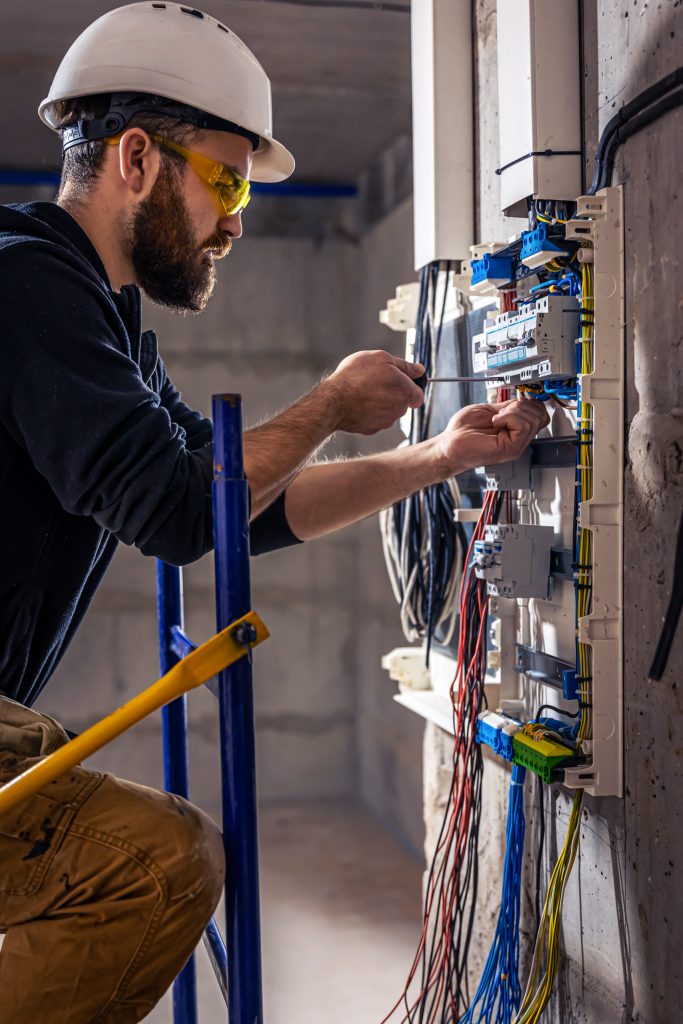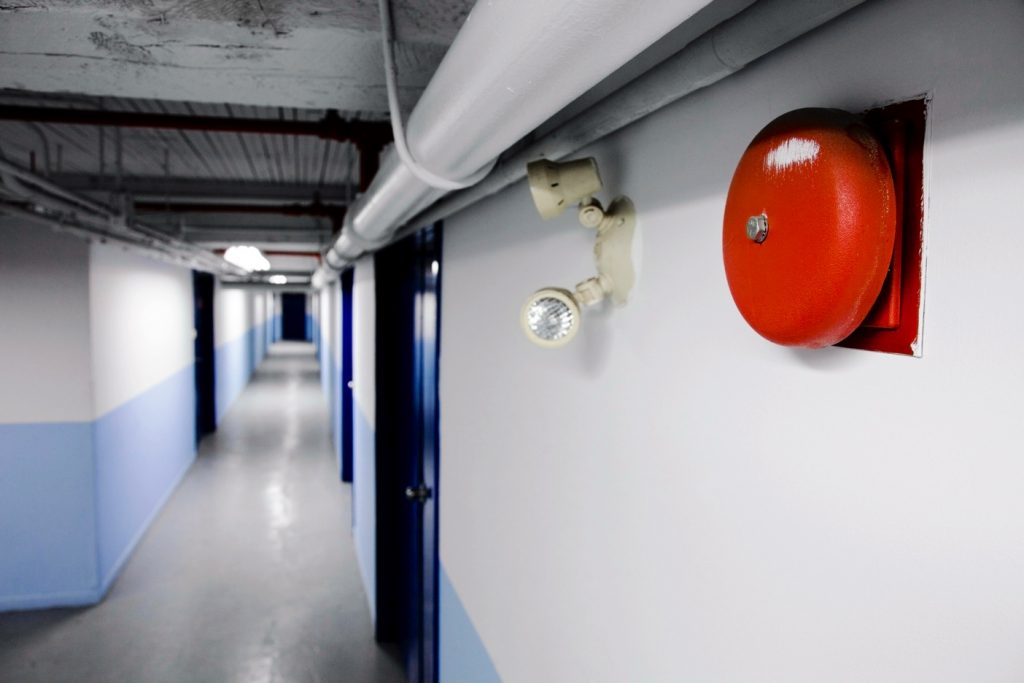Government
Low voltage systems are essential components of modern government infrastructure. They provide the backbone for various operations, including communication, security, and building management. Here’s a breakdown of common low voltage services tailored for government agencies:

Security Systems
Access control: Door access control systems, biometric authentication, and card readers.
Video surveillance: Closed-circuit television (CCTV) systems, surveillance cameras, and video analytics.
Intrusion detection: Alarm systems, motion sensors, and perimeter security.
Communication Systems
Network infrastructure: Data cabling, fiber optics, wireless networks, and network switches.
Voice and data communications: Telephone systems, internet connectivity, and unified communications.
Public address systems: PA systems for announcements, paging, and emergency alerts.
Mass notification systems: Emergency alert systems for widespread communication.
Audiovisual Systems
Conference rooms and meeting spaces: Audiovisual equipment, projectors, screens, and video conferencing systems.
Training rooms: Presentation systems, interactive whiteboards, and audio systems.
Digital signage: Electronic displays for information dissemination and advertising.
Building Management Systems (BMS)
Energy management: Lighting controls, HVAC systems, and energy efficiency solutions.
Security integration: Integration of security systems with BMS for centralized monitoring.
Access control integration: Integration of access control systems with BMS for building access management.
Environmental monitoring: Temperature, humidity, and air quality monitoring.
Benefits of using Top Wire Techs LLC.
Security and compliance: Adherence to government security regulations and standards.
Reliability and redundancy: Implementation of redundant systems to ensure continuous operations.
Scalability: Systems that can accommodate future growth and changes.
Maintenance and support: Comprehensive maintenance and support services.
Integration: Seamless integration of low voltage systems with existing infrastructure.
By leveraging these low voltage services, government agencies can enhance security, improve efficiency, and provide better services to their constituents.
